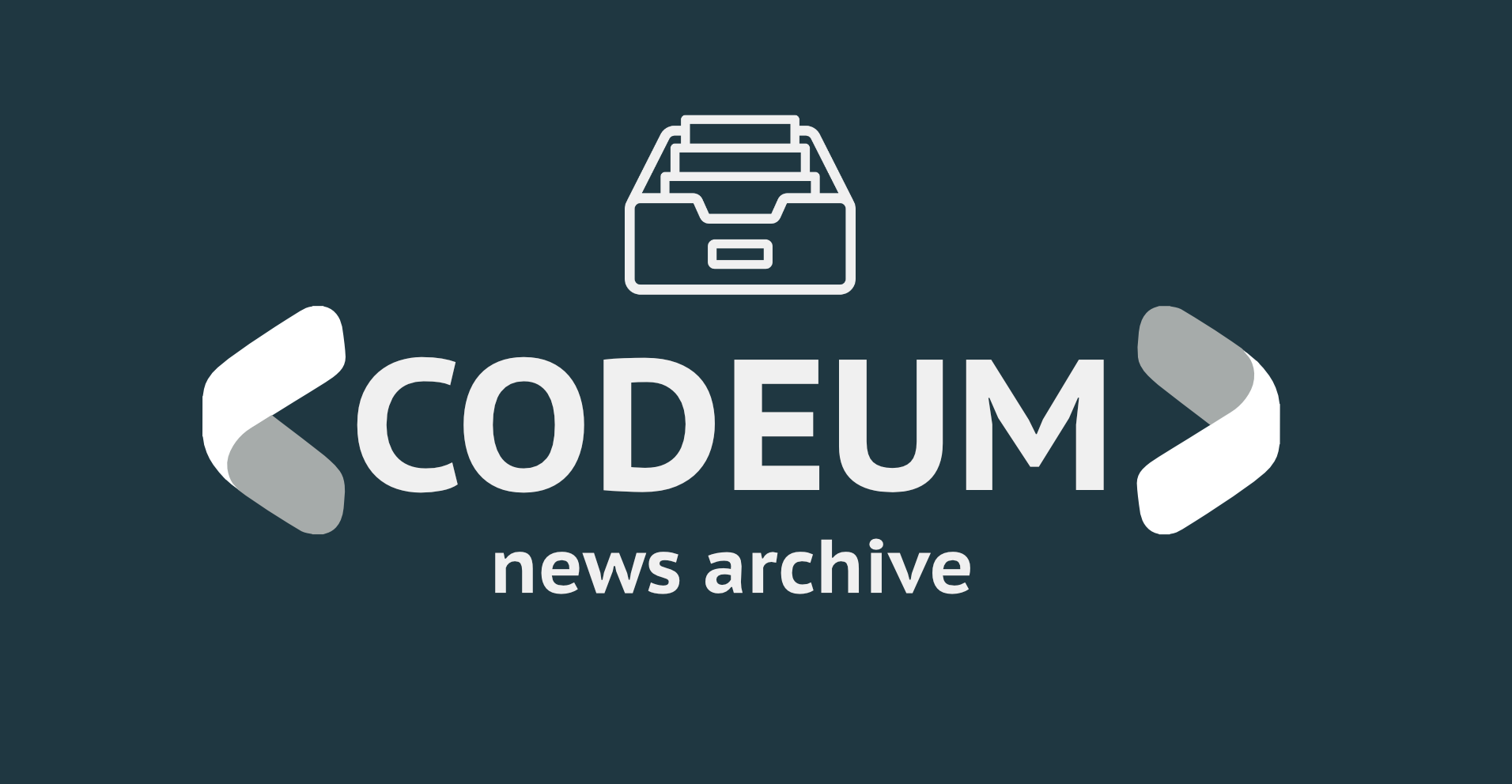
DAO Treasuries Now Hold More Than $11B
Key Takeaways
- Data from Messari shows that DAOs held $11 billion by the end of 2021, with $7 billion held by the 15 largest DAOs.
- The grand total ($11 billion) represents a forty-fold increase in DAO treasury holdings over the course of 2021.
- Messari warned that the composition of a treasury can affect the stability of the DAO as token prices change.
Share this article
New data from Messari suggests that decentralized autonomous organizations (DAO) holdings grew significantly during 2021.
DAO Treasuries Reach $11 Billion
DAO treasuries cumulatively held more than $11 billion in cryptocurrency at the end of 2021, Messari reported Tuesday.
Though that value is scattered among thousands of DAOs, the 15 largest DAOs held $7 billion of the total value.
Just two treasuries—those belonging to BitDAO and Uniswap—accounted for $4.2 billion of the total, with each holding roughly $2 billion. Other large DAOs include those of popular DeFi platforms such as Aave, Synthetix, Maker, Yearn, and various others.

The collective value held by DAOs at the end of 2021 was 40 times larger than it was at the beginning of that year. At that time, treasuries would have held approximately $275 million.
Funding Breakdown Affects Stability
Messari broke DAO treasuries down into three categories of assets: native tokens, deposits in other protocols, and other crypto assets.
This breakdown of holdings impacted project economics. “Holding large sums of the native token means that price changes can affect the treasury value massively,” Mesari noted.

It observed that Uniswap has a treasury made up almost entirely of native tokens. As such, it warned that Uniswap is in a “precarious place” if its native UNI token crashes.
Other treasuries that are made up of more than 99% native assets include those of Gnosis, Maker, and Abracadabra.
Messari also found that small treasuries containing less than $125 million tend to hold stablecoins. The treasuries of Aave, Maker, APi3, Abracadabra, and Yearn each consisted of 95% stablecoins after omitting the protocol’s native asset.
In a separate article, Messari said that DAOs have “a case for trading for stablecoins or staking in other projects” in order to avoid the risks that come with filling a treasury with native tokens.
The Rise of DAOs
Decentralized autonomous organizations have existed since 2016. Though the first DAO was a failure because it was hacked, the model has become a key part of the Ethereum ecosystem.
Generally, DAOs act as governance protocols: they allow token holders to vote on the direction of a blockchain project’s development or vote on treasury spending.
Several DAOs in recent months have been used for fundraising purposes. Examples include fundraisers for Ukraine, Wikileaks founder Julian Assange, and Silk Road founder Ross Ulbricht. Sites like Juicebox have enabled individuals to easily create such fundraisers.
However, the largest DAOs are still primarily used to govern blockchain projects, as seen in Messari’s data above.
Disclosure: At the time of writing, the author of this piece owned BTC, ETH, and other cryptocurrencies.
Share this article
MakerDAO’s DAI Heads to Ethereum Layer 2 StarkNet
MakerDAO, the DeFi project behind the second-largest decentralized stablecoin on the market, DAI, has announced its plans to start an integration process with the Ethereum Layer 2 network StarkNet this...

Source link

